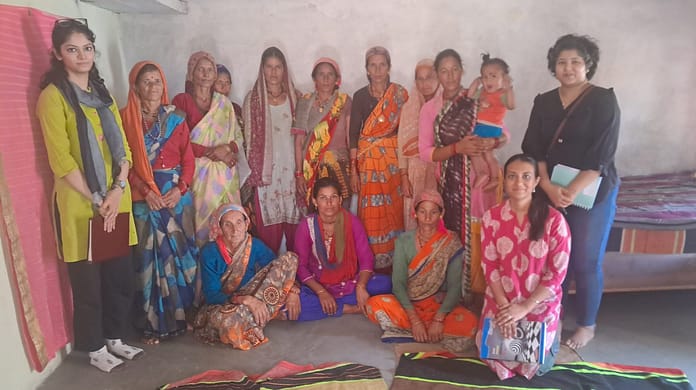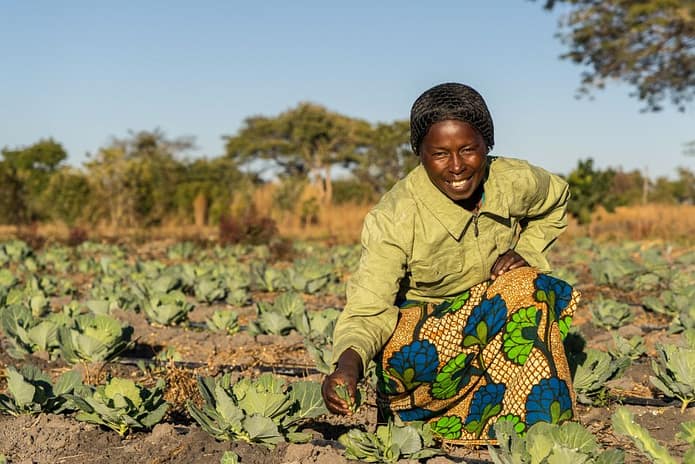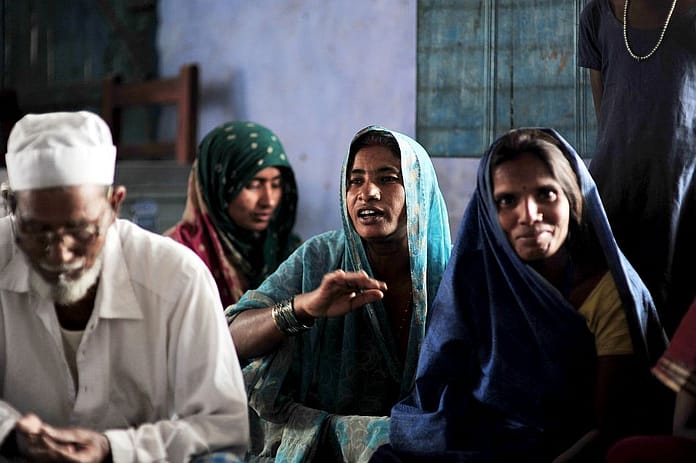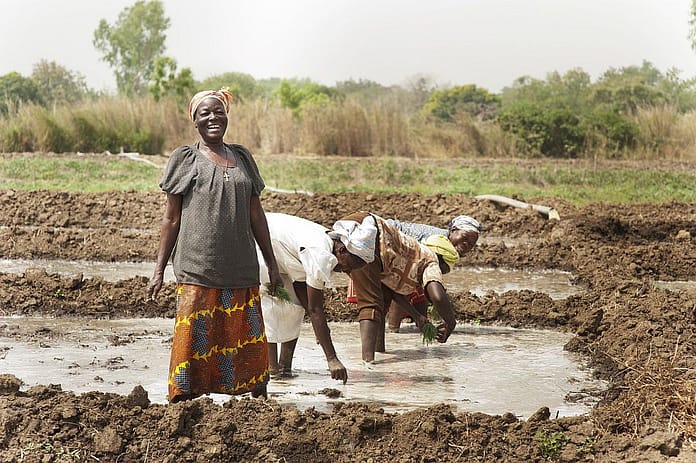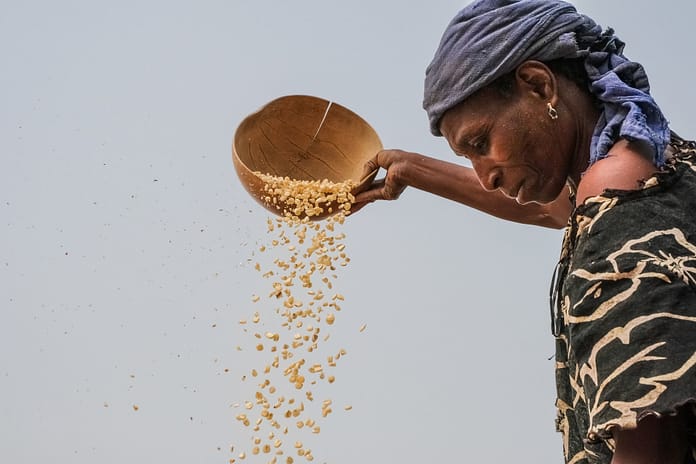Pacem Kotchofa and Alan Nicol
On the 15th of October, 2022, the international community celebrates the world’s hardworking rural women whose labor helps deliver global food security. This year’s theme, “Rural Women Cultivating Good Food for All,” recognizes the essential roles that rural women and girls play in producing crops, rearing livestock, and processing and distributing foodstuffs – in short, keeping food systems working. In many senses this labor power is (wrongly) taken for granted and often underpaid. Many rural women decide to take their labor elsewhere, either within their own countries or abroad. Why is outmigration from rural areas a phenomenon in some countries, and what are the consequences and implications? To find answers, Dr. Alan Nicol and Dr. Pacem Kotchofa spoke to experts working on the AGRUMIG project. Discussing their findings are Dr. Asel Murzakulova of the University of Central Asia who has conducted research in Kyrgyzstan and Ms. Raffaella Pagogna of the University of Vienna, who has conducted research in Thailand.

For many rural women few livelihood options other than migration are available. Factors outside their control such as severe climate impacts, local conflicts, political instability or recurrent animal and plant diseases undermine their productivity and livelihood security. In some cases, this is channeled into illegal or unauthorized migration channels, rendering them at risk of exploitation. But the picture is more nuanced than that, and more complex. Migration can also be empowering and part of exercising an individual’s own agency. – Both Kyrgyzstan and Thailand have long histories of migration to different destinations subject to bilateral government agreements and unstructured work relationships between employers and employees. Kyrgyzstan has one of the highest percentages of women involved in migration, with 40% of migrants being women migrating to Russia. And in both countries, migration shapes the lives of rural women, but in different ways.
Sometimes women migrate as part of wider family movements, including as wives or sisters of male migrants, or on their own to seize job opportunities in the service or production industries. Migration and labor mobility provide them with economic opportunities in destination countries that can transform their lives, either temporarily or over an extended period. Often public discourse in their home countries on migration is that it is a ‘bad path’ for women to follow – and highly risk-prone. AGRUMIG work has helped demonstrate how female migration can be understood as a critical driver of rural change, if appropriately implemented, but that it is not without risk.
Dr. Murzakulova’s research has shown how migration can positively impact vulnerable divorced women in Kyrgyzstan, for instance, enabling them to be financially independent and acquire new skills and training that they can take into urban labor markets back home through ‘social remittances.’ In the case of Thailand, according to Ms. Pagogna, historically there has been an important difference between male and female migration, with men having dominated legal channels, leaving women to use more informal or unauthorized channels. Ms. Pagogna found that “unfair” labor agreements between Thailand and South Korea are a good example of why women hardly find employment through legal channels, pushing them into often unauthorized channels and leaving their labor overseas “unseen” in public policy discourse on migration from Thailand. And for many rural women from Thailand working in South Korea, this informality can lead to precarity, with labor provided in service industries such as bar work and retail, daily jobs, but sometimes also in agricultural farms and where working conditions can be harsh. Traveling under visitor visas and overstaying, some can be left living in vulnerable conditions for an extended period. Precarity, informality, and the ‘gendered’ nature of work can mean women migrants need special protection and support under migration policy in both home and destination countries. Dr. Murzakulova argues that a modern migration policy based on protection of the rights of migrants in the host country should include the development of social institutions in their own sending communities that can make women’s migration both safer and more efficient (in the sense of supporting livelihood security ‘back home’).
In Thailand, Ms. Pagogna suggests more research is needed to identify the means and legal routes by which to include women’s needs in planning institutionalized labor mobility agreements and policies. In fact, she says, “…women leaving Thailand tend to be more educated than their men counterparts, so enhancing job opportunities locally would also reduce the urge to migrate and the associated risks involved…”.
Important issues also surround social remittances and the validation of migrants’ skills on returning to their home countries. Rural women can return with advanced skills having worked in organic farming or acquiring knowledge of new agricultural production technology or marketing skills. Developing targeted policy that supports the best use of returnee migrants’ new skills in developing their home country economies could add momentum towards their future social inclusion and, ultimately, delivery of more sustainable and equitable rural transformation.
The real, lived experiences of individual migration stories help spell out some of these issues. One of Dr. Murzakulova’s research respondents, a migrant woman who went to work in a rural hospital in the far north of Russia, managed to support the education of her three children and build a house in her native village during the course of 15 years working abroad. On her return she opened a health diagnostic service in her village and, in time, local authorities invited her to head a new local hospital. This is an example of acquiring and using new skills and demonstrates how rural women can contribute to substantial transformation and social development in their communities on return.
Ms. Pagogna speaks of a Thai individual who, after 15 years of experience in South Korea working in multiple industries from farming to service industries began to mentor other Thai migrants to South Korea. During her time abroad she accumulated sufficient income and new skills to care for her family, including her ill father. But she still feels that her accumulated income during her time abroad and away from home did not compensate for being away from family. Migration is not just about economic impact – but social and psychological impacts as well.
These diverse experiences illustrate some of the critical challenges that migration can pose to rural women – and how they can overcome them. Each decision a mother, daughter, aunt or sister takes to migrate abroad from a rural area can have profound impacts on other family members as well as their individual futures.
If they are fortunate, rural women can acquire and return with new skills to improve their lives and the lives of others. But the risk of being forced to migrate through informal channels remains. What emerges is that the fates of women out-migrating from rural areas – and away from the food systems into which their labor power is so crucial – are bound up in the future development of their home areas. Helping them to make safe choices, making their movement and mobility safe and rewarding, and supporting their return and reintegration, should be at the heart of rural development policy – everywhere.


